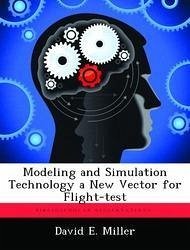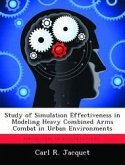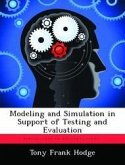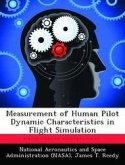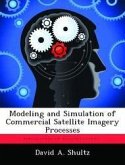In June of 1995, senior Air Force leadership led by Secretary Widnall and General Ronald Fogelman, Chief of Staff met to establish policy for the future of Air Force modeling and simulation (MS). The result of this conference was a the publication of A New Vector as a balanced strategy and a roadmap for Air Force MS. The MS roadmap in A New Vector is best compared to something with which the Air Force is very familiar-how to assess and invest in the capability of aircraft systems. Because aircraft systems assessment is the basic mission of flight-test, this thesis addresses the question: As design and engineering models increase in scope and complexity from the physical component level to complex systems, what are the capabilities and limitations of MS for flight test? In order to answer the research question three criteria were used to evaluate the results of each case study. First, the costs and benefits of MS were compared with the tradeoffs required for not doing MS. Second, the engineering validity of the MS efforts was evaluated. Engineering validity is the determination as to whether the modeling data were sufficiently accurate to solve the problem at hand. Third, the comprehensiveness of each MS effort was evaluated. For the purposes of this study, comprehensiveness is whether an MS effort had sufficient scope to solve the entire problems. An MS effort that completely and accurately predicted the experimental outcome of flight-test was comprehensive. The process used for answering these questions was a systematic examination of three case studies. The first case covered MS at the physical component level, and looked at how computational fluid dynamics was used to solve a stores separation problem on the B-1B. The second case was an examination of the VISTA in-flight simulator as a tool for modeling closed-loop control systems. The third case is examines the role of MS in designing and flight-testing the Boeing 777. All three cases discussed in this research

